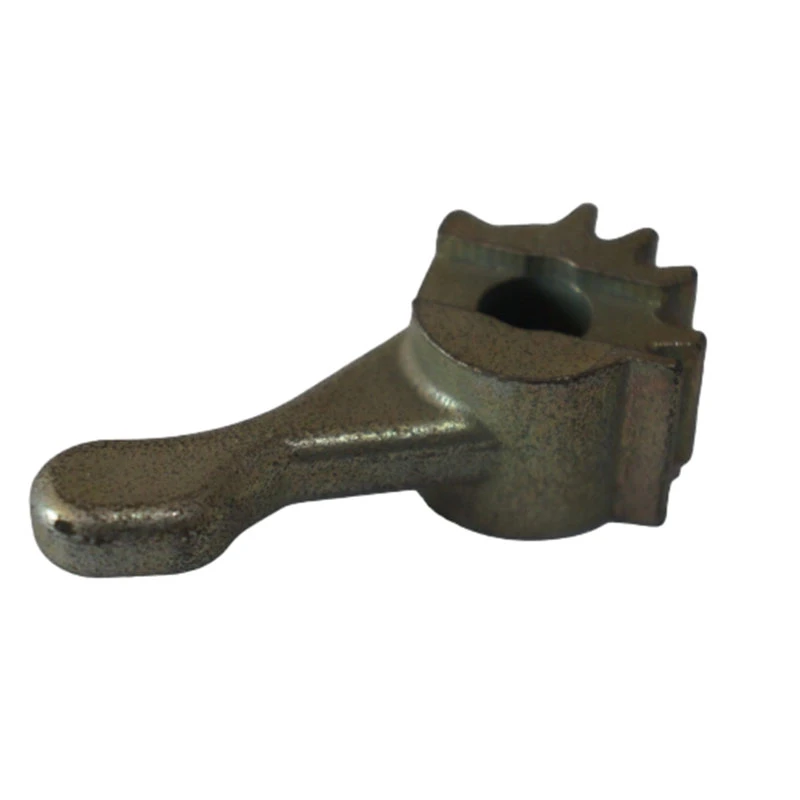Optimizing Cooling Systems for Die Casting Efficiency and Quality Improvement
Die Casting Cooling System An Essential Component in Metal Forming
Die casting is a widely used manufacturing process for producing metal parts with high precision and intricate shapes. It involves forcing molten metal into a mold cavity, which is then cooled to solidify the metal and form the desired product. A crucial element of this process is the die casting cooling system, which plays a vital role in achieving high-quality castings and optimizing production efficiency.
Importance of Cooling in Die Casting
The cooling phase in die casting is critical for several reasons. Firstly, it ensures that the molten metal solidifies quickly, allowing for faster cycle times and increased productivity. The cooling rate directly affects the mechanical properties of the cast components, such as strength and hardness. Rapid cooling helps to minimize defects such as porosity, shrinkage, and warping, which can compromise the structural integrity of the final product.
Additionally, effective cooling systems help maintain the temperature of the die within a controlled range. If the die becomes too hot, it can lead to several issues, including reduced dimensional accuracy and increased wear on the mold. On the other hand, if the temperature is too low, it may lead to inadequate filling of the mold cavity, resulting in surface defects or incomplete parts.
Design Considerations for Cooling Systems
When designing a cooling system for die casting, several factors must be considered. The primary objective is to ensure uniform cooling across the entire mold. To achieve this, the cooling channels should be strategically placed to provide optimal heat transfer. Typically, these channels are designed using computer-aided design (CAD) software to simulate the cooling process and identify the best layout.
die casting cooling system

The materials used in the construction of cooling systems are also crucial. Common choices include copper and aluminum due to their excellent thermal conductivity. These materials facilitate efficient heat exchange, allowing the heat to be carried away from the molten metal rapidly. In some advanced applications, water-cooled or liquid-cooled systems may be employed to enhance cooling efficiency further.
Furthermore, the flow rate of the coolant must be carefully calibrated. An optimal flow rate ensures that the cooling medium can adequately absorb heat without causing thermal shock, which can lead to cracks in the die.
Types of Cooling Systems
There are several types of cooling systems used in die casting. The most common include conformal cooling channels, which are intricately designed to follow the contour of the mold. This design maximizes heat transfer and minimizes hot spots, leading to improved product quality and reduced cycle times.
Another approach is the use of external cooling systems, which involve the placement of cooling channels around the mold rather than within it. While these systems can be simpler to implement, they often provide less efficient cooling compared to conformal systems.
Conclusion
In summary, the die casting cooling system is a fundamental aspect of the die casting process that significantly impacts the quality and efficiency of the manufacturing operation. By ensuring uniform cooling and maintaining optimal temperatures, these systems contribute to the production of high-quality metal components. As technology advances, innovations in cooling system design and materials will continue to enhance the performance of die casting, supporting its application in a wide range of industries, from automotive to consumer goods. As manufacturers seek to improve efficiency and product quality, the importance of effective cooling strategies in die casting cannot be overstated.
-
Top Extras Casting Solutions Die Casting and Sand Casting Experts High-Quality Casting and Die Casting ServicesNewsJun.10,2025
-
Top SS Casting Manufacturer Aluminum Die Casting Manufacturer China Precision Die Casting Company SupplierNewsJun.10,2025
-
High-Quality Brass Casting Sand for Precision Sand Casting Brass at HomeNewsJun.10,2025
-
Affordable Aluminum Sand Casting Solutions Custom PartsNewsJun.09,2025
-
High-Quality China Sand Casting Services Cost-Effective & ReliableNewsJun.09,2025
-
Premium Hot Stamping Parts Durable Plastic Decor SolutionsNewsJun.09,2025















